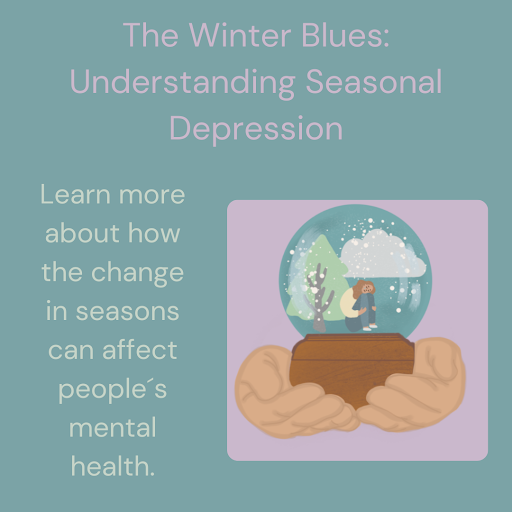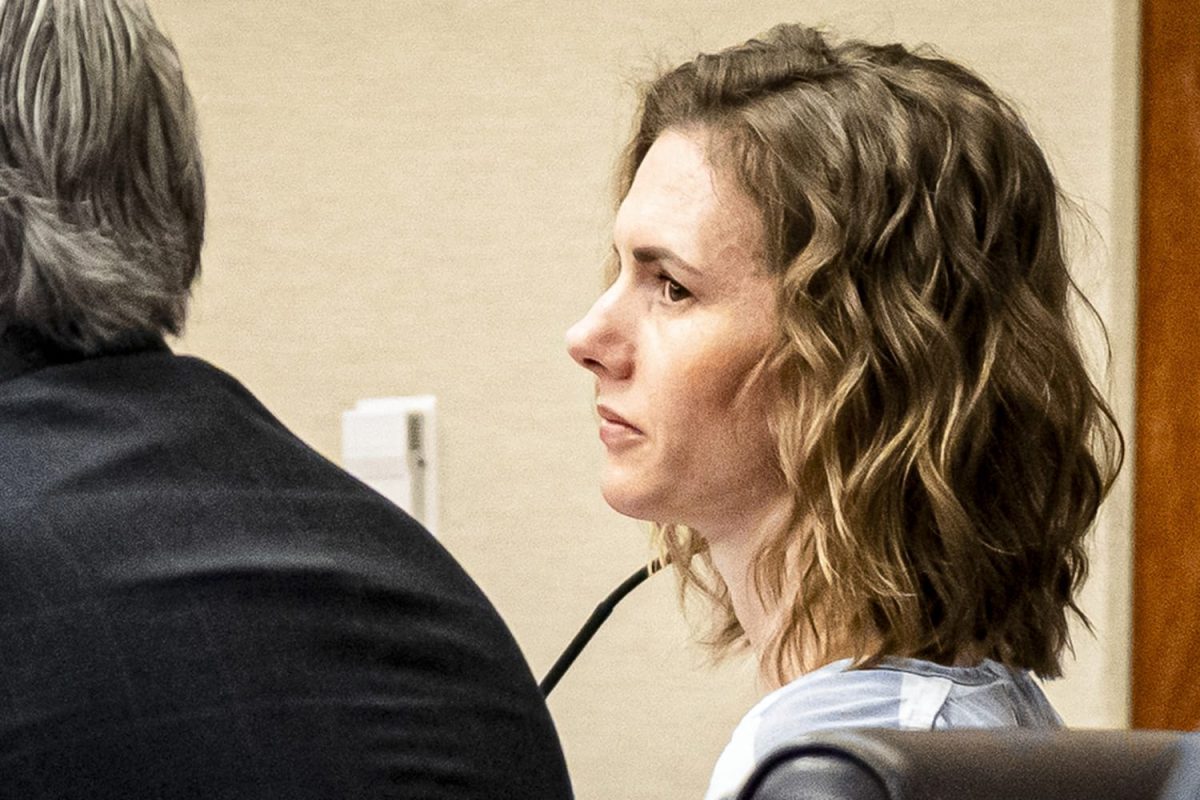FRISCO, TEXAS — The winter season is a time many spend celebrating the holidays and gathering with family. However, for some, this is the lowest point in their year; family is distant and anxiety is at an all-time high. The term “bed-rotting” often emerges during this difficult time. It describes the state where a person is at a very low point in their life, feeling as if they have no energy to do daily tasks, typically seen as an effect of a depressive episode.
A related, often misunderstood concept, surrounds the word “lonely,” usually referring to being alone. When in reality, being lonely and being alone are very different things. Although they both have the same root word, “lone,” they do not have the same meaning. Being alone refers to being by oneself and isolated from others, while being lonely is feeling alone even when you are with others. It can feel like you have no one to run to or talk to. Being alone is physical, and being lonely is mental.
People’s feelings are elevated when the dark and colder months come. We aren’t outside as much, meaning spending time on social media—the leading cause of depression—becomes more common. Some people may share their feelings during this time through these platforms, hoping to find people who relate to them.
People with Seasonal Affective Disorder (SAD) are already predisposed to lower serotonin levels. Research by The National Institute of Mental Health proves that “sunlight affects levels of molecules that help maintain normal serotonin levels. Shorter daylight hours may prevent these molecules from functioning properly, contributing to decreased serotonin levels in the winter.”
The lack of serotonin that people with SAD experience is amplified in the winter, making the colder months a harder time for people who struggle with this mental illness.
Additionally, the changing seasons are the number one cause of flu, strep, and other illnesses, resulting in bedrest for days to weeks. Sickness drains your immune system, causing tiredness and a lack of motivation to do simple tasks.
“I don’t know if it was depression or not, if they were just ready for the break, but I noticed grades are slipping and students are less attentive,” said Mrs. Gillespy.
Students face tons of pressure, which leads to an increase in stress. As the school year progresses, classes get more challenging, the workload becomes more significant, and, as the semester ends, the motivation they once had for school is significantly diminished. Grades begin to slip, and students begin to care less. This could be a sign that these students are struggling with seasonal depression.
“I had a student a couple years ago commit suicide over Thanksgiving break, she had been struggling with stuff,” shared Mrs.Gillespy.
Suicide Awareness Month is set in September, however, spreading awareness does not need to be limited to this month. Depression has hit an all-time high for several years in a row, in the months from December to February. Suicide is not something to glorify or joke about.
Keep an eye out for changes in friends’ behavior as well as taking care of yourself and your mental health. If you start feeling any sort of overwhelming sadness, remember that reaching out is not embarrassing and you will not be judged, only helped and supported.
Seasonal depression is not a trend, it is something that can greatly affect someone’s overall mental health and view on life. It is important to watch your loved ones closely because you never know what they could be going through internally and what the outcome could be.








